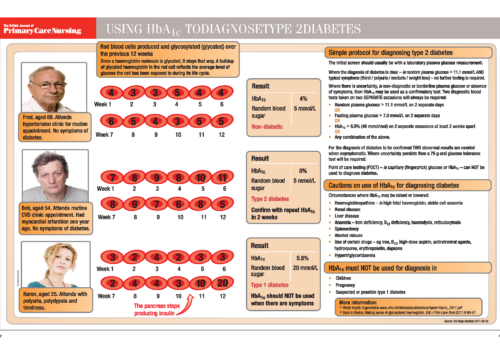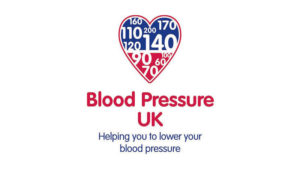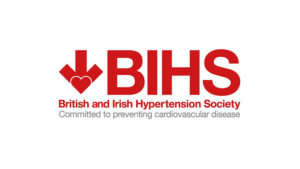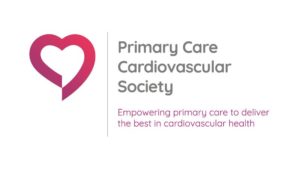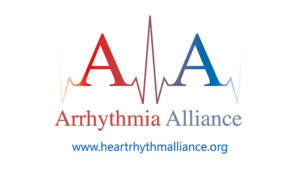Many drugs are cleared from the body by the kidneys, so careful medicines management is especially important in people with chronic kidney disease (CKD). This article explains how to ensure CKD patients receive recommended therapies designed to protect their kidneys and reduce their risk of a heart attack or stroke.
On the beat: Controlling heart rate in angina and heart failure
Controlling heart rate is a key element of good care of patients with angina or heart failure. In this article we explore the benefit of effective heart rate control to reduce hospitalisation and alleviate symptoms. Measuring heart rate is simple, and can provide valuable benefits for many patients.
Editorial 2 – If I had one wish for improving the management of liver disease…
Editorial 1 – Putting chronic liver disease on the primary care agenda
Chronic liver disease is a problem for all of us. It develops silently, often taking many years to cause sufficient damage to be detectable or cause signs or symptoms for which a patient would seek attention. Primary care has a central role in improving the prevention and early detection of chronic liver disease. This special issue of the British Journal of Primary Care Nursing (BJPCN) and Primary Care Cardiovascular Journal on chronic liver disease is full of step-by-step guides and informative articles to give you the key information and tools to get to grips with this important condition.
Fat: separating the facts from the fiction
Fat is an important part of the diet, providing fat-soluble vitamins and essential fatty acids, as well as a valuable source of energy or calories. Fat also increases the palatability and carries the flavour of many of our foods. The problem is, despite decades of public health campaigns, most of us still eat too much of the wrong fat. Understanding the different types of fat can help us to advise our patients on ways to optimise their diets.
Post-MI patients: the no tears review
This second article focuses on safe and effective prescribing of medications which will reduce risk of further cardiovascular events. This series provides a ‘hands on’ practical guide to conducting medication reviews of long-term cardiovascular conditions. In this issue, we look at how to ensure post-myocardial infarction patients are taking the right medications at the right doses to ensure they get maximum benefit.
How to carry out an annual review for patients at high CVD risk
Putting Prevention First, the national strategy for cardiovascular risk assessment for people aged 40 to 74 years, remains high on the healthcare agenda regardless of NHS changes. The “Cog Man” on the cover of the guidance and leaflets distributed to practices and pharmacies highlights the close links between the heart, brain, kidneys and diabetes and underlines the comprehensive nature of vascular risk assessment. In this article, we look at how to carry out an annual review in high-risk people with a cardiovascular risk score of 20% or higher but who do not have high blood pressure, diabetes, chronic kidney disease or atrial fibrillation.
Caring for patients with anaemia of chronic disease
Many patients presenting in general practice will, at some time, complain of tiredness and lack of energy. Investigations to discover the cause are often conducted and will usually include blood tests such as a full blood count to see if anaemia is to blame. Patients may assume that all anaemia is iron deficiency anaemia but there are, of course, different types of anaemia. Interpreting investigations correctly and acting on them appropriately can ensure that the patient gets the right diagnosis and appropriate treatment.
Physical activity: getting people moving to prevent CVD
If physical activity could be taken as a tablet, the dramatic benefits it achieves in reducing cardiovascular disease and diabetes as well as many other conditions mean all of us would be on it. But many people currently miss out because it takes more effort to increase physical activity than popping open a tablet bottle. This article sets out the evidence for physical inactivity as a major cardiovascular risk factor and how to put the evidence into practice and get patients moving.
Back to Basics: Using HbA1c to diagnose type 2 diabetes
Editorial
Spring has now well and truly sprung and the NHS is heading towards changes as the Health and Social Care Bill takes effect. But what won’t change is the need for primary care to do our very best to prevent, diagnose and treat cardiovascular disease and diabetes, as major causes of illness and premature death. At BJPCN we aim to equip you with the latest practical guidance and our conference in November will also help to keep you up to date, please come if you can.
Lipids in profile: back to basics
Dealing with the complexity of lipid metabolism, its outcomes and modification can easily seem overwhelming for primary healthcare professionals. This article aims to help you understand the fundamentals using a back-to-basics approach designed to enhance your practical management of the most important risk factor for the development of atherosclerotic cardiovascular disease. The focus will be on the cholesterol-carrying lipoproteins LDL and HDL but we will also review important issues concerning the use of the total cholesterol to HDL ratio, the significance of triglycerides and the perennial question: ‘to fast or not to fast?’




